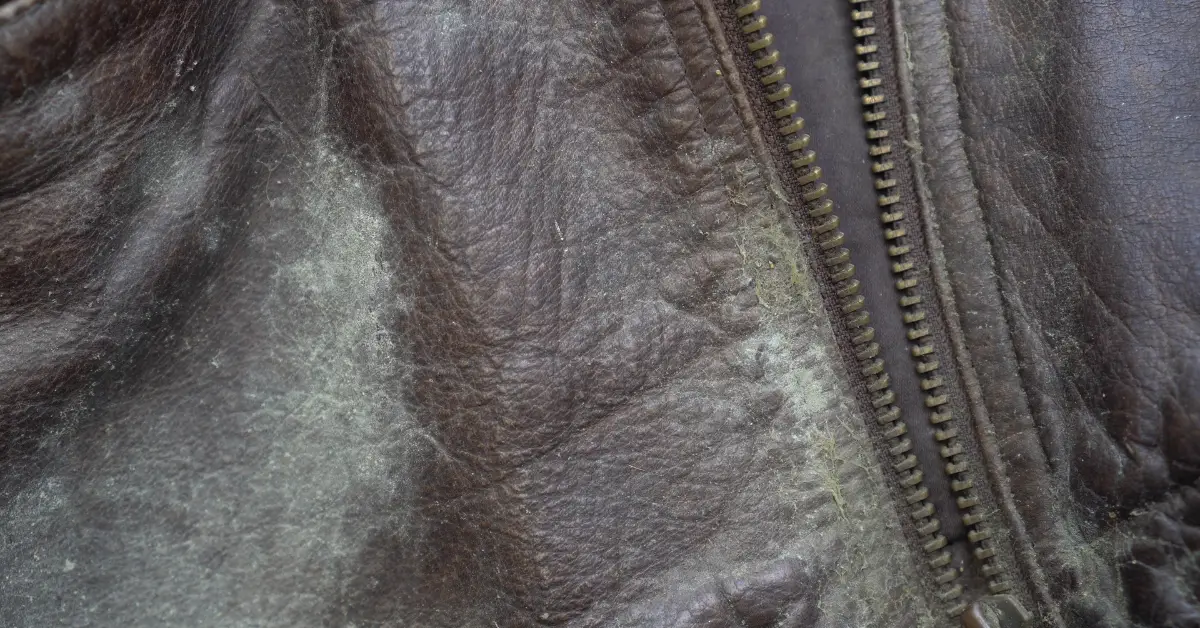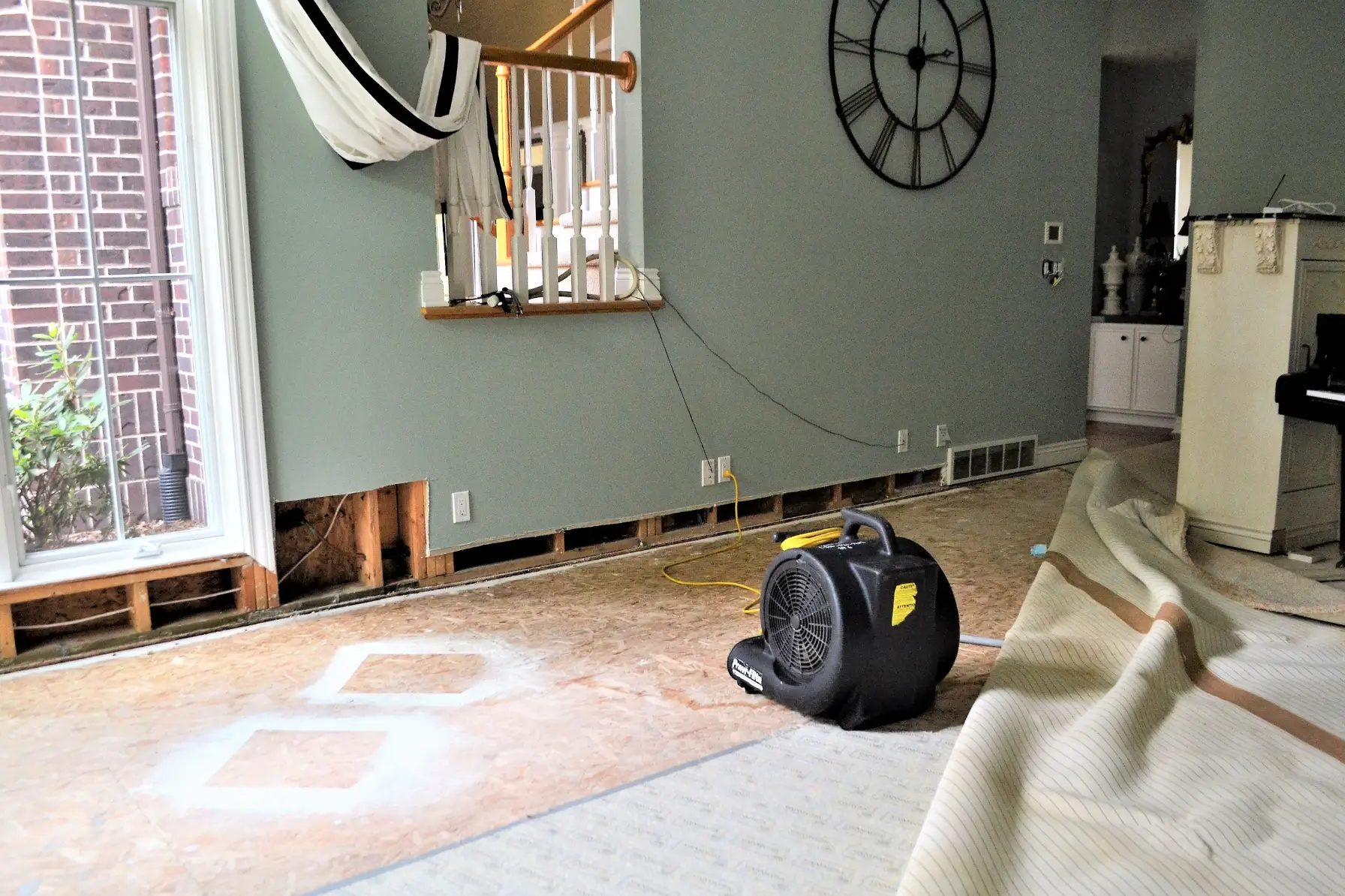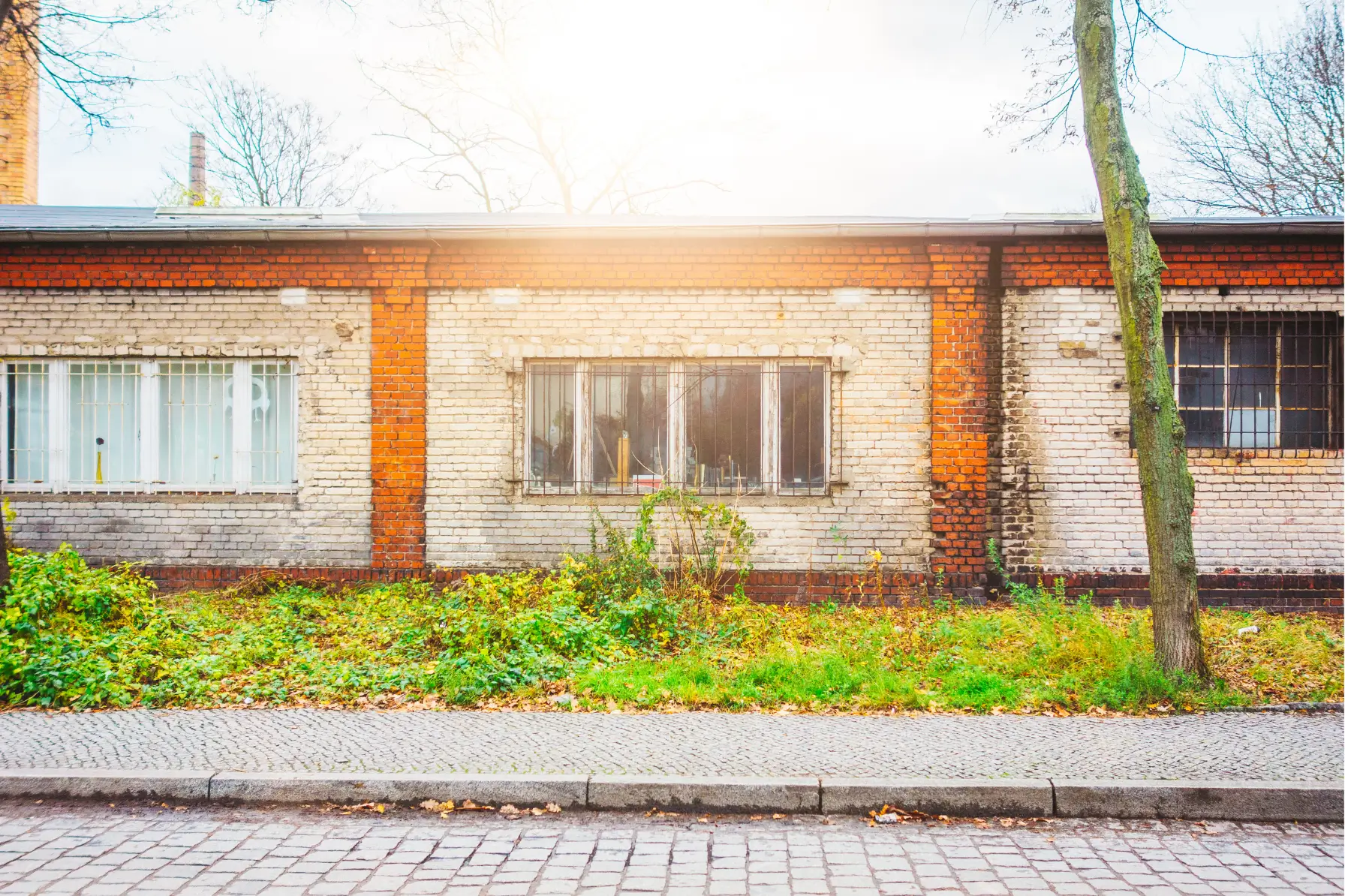Finding a black mold spore on leather can be scary. But knowing what to look for can help you protect your family and home. Black mold spores on leather items like couches, jackets, and shoes often mean you have a bigger mold problem hiding somewhere else in your house.
What Does a Black Mold Spore on Leather Actually Look Like?
A black mold spore on leather doesn’t always look black at first. It can start as tiny dark spots that look like dirt or stains. These spots might be dark green, gray, or black. The EPA explains that mold comes in many colors, not just black.
When you see a black mold spore on leather, it might feel slimy or wet to touch. Sometimes it looks fuzzy or powdery. The leather under the mold often feels soft or damaged. If you rub the spot, it will likely smear instead of brushing off like regular dirt.
Black mold spores on leather also have a smell. It’s musty and earthy – like old, wet clothes left in a pile. This smell doesn’t go away even after you clean the leather. The CDC notes that if you see or smell mold, you should remove it right away.
Why Do Black Mold Spores Grow on Leather?
Leather is made from animal skin, which mold loves to eat. When leather gets wet and stays wet, black mold spores can land on it and start growing. This happens when:
Your leather couch sits near a leaky window or pipe. The leather absorbs the moisture, creating the perfect place for a black mold spore on leather to grow. Basements and bathrooms with poor air flow also create problems. Leather shoes stored in damp closets often develop black mold spores too.
High humidity in your home makes leather items damp. When the air holds too much water, leather absorbs it. This gives black mold spores on leather the moisture they need to grow and spread.
Health Problems from Black Mold Spores on Leather
Black mold spores on leather can make you and your family sick. The CDC research shows that mold exposure can cause many health problems. These include stuffy nose, sore throat, coughing, wheezing, and burning eyes.
People with asthma might have severe reactions to black mold spores on leather. Kids and elderly people are at higher risk for serious health problems. Some people develop skin rashes when they touch moldy leather.
The longer you’re around black mold spores on leather, the worse these problems can get. That’s why it’s important to deal with mold right away. Black mold on furniture poses similar health risks and shouldn’t be ignored.
Black Mold Spores on Leather Mean Bigger Problems
When you find a black mold spore on leather, it’s like finding the tip of an iceberg. The real problem is usually hidden somewhere else in your home. Mold spores travel through the air and land on things like your leather items.
If black mold spores are growing on your leather couch, there’s probably mold growing behind your walls, under your floors, or in your air ducts. The EPA warns that mold can grow in dark, hidden places where you can’t see it.
Water damage from leaky pipes, roof problems, or flooding creates the perfect conditions for mold growth. Even small leaks can cause big mold problems over time. A black mold spore on leather is often your first warning sign that water is getting into places it shouldn’t.
7 Signs You Have a Bigger Mold Problem
Finding black mold spores on leather means you should look for these other warning signs:
1. Musty Smells That Won’t Go Away
If your home smells musty even after cleaning, you likely have hidden mold. This smell gets stronger in humid weather or when you run your air conditioner. The smell comes from mold growing in places you can’t see.
2. Water Stains on Walls or Ceilings
Brown or yellow stains show where water has been leaking. Even if the leak seems fixed, mold might still be growing behind the wall. These stains often mean mold is growing in the building materials.
3. Peeling Paint or Wallpaper
When paint bubbles or wallpaper peels off, it usually means there’s moisture behind the wall. This moisture creates perfect conditions for mold growth. Check these areas carefully for black mold spores.
4. Health Problems That Come and Go
If family members feel sick at home but better when they leave, mold might be the problem. Headaches, coughing, and tired feelings that happen mostly at home are warning signs.
5. High Humidity Levels
Humidity over 50% creates perfect conditions for mold growth. You can buy a humidity meter at any home store. If your levels stay high, you’re likely to keep finding black mold spores on leather and other items.
6. Recent Water Problems
Any flooding, leaks, or water damage in the past year increases your risk for mold. Even if you cleaned up the water, mold can still grow if the area didn’t dry completely. Professional water damage restoration helps prevent these problems.
7. Poor Ventilation
Bathrooms without fans, basements with no air flow, and rooms that feel stuffy create mold problems. When air doesn’t move, moisture builds up and black mold spores on leather and other surfaces can grow.
Where to Look for Hidden Mold
After finding black mold spores on leather, check these common hiding spots:
Behind and under sinks where pipes might leak. Check the cabinets and walls around all water sources. Look for dark spots, water stains, or soft spots in the wood.
Around windows where condensation collects. This moisture can soak into window frames and walls. Check the window sills and wall areas nearby for signs of mold growth.
In your basement, especially near the foundation walls. Basements often have humidity problems that create perfect conditions for mold. Check storage areas where you keep leather items like shoes and bags.
Inside your air conditioning and heating system. When you find black mold spores on leather, there might be mold in your air ducts spreading spores throughout your home. This requires professional mold remediation to fix safely.
What to Do Right Now
If you’ve found black mold spores on leather items, take action quickly. First, move the affected leather items away from living areas. Don’t try to clean them yourself – this can spread more mold spores through your home.
Next, try to find the source of moisture that’s causing the problem. Look for leaks, condensation, or high humidity. Fix any water problems you can see, but remember that the real mold problem might be hidden.
Don’t ignore the warning signs. Black mold spores on leather often mean you have a serious mold problem that needs professional help. Trying to handle it yourself can make the problem worse and put your family’s health at risk.
Professional Help is Important
When you find black mold spores on leather, it’s time to call professionals. Mold problems that show up on furniture usually mean there’s a bigger issue hiding in your home. Professional mold inspectors have special tools to find hidden mold and determine how serious the problem is.
A proper mold inspection checks your whole home, not just the visible areas. Professionals look behind walls, under floors, and in air ducts where mold loves to hide. They also test the air quality to see how many mold spores are floating around your home.
Professional mold inspection services can save you time and money in the long run. They know how to safely remove mold without spreading it to other areas of your home.
Preventing Future Problems
After dealing with black mold spores on leather, you want to prevent the problem from coming back. Keep humidity levels below 50% using fans, dehumidifiers, or better ventilation. Fix any leaks quickly – even small ones can cause big mold problems over time.
Clean and dry leather items regularly. Store leather goods in dry, well-ventilated areas. Avoid putting leather furniture near windows, pipes, or other sources of moisture.
Regular home maintenance helps prevent mold problems. Check for leaks around windows, pipes, and the roof. Make sure your home has good air flow, especially in bathrooms, basements, and closets.
Get Professional Help Today
Don’t wait if you’ve found black mold spores on leather in your home. This is often a sign of a bigger mold problem that could be making your family sick. The longer you wait, the worse the problem can get.
A/S General Contracting offers free mold inspections to help you understand the scope of your mold problem. Our experienced team knows how to find hidden mold and create a plan to fix it safely. We’ve helped hundreds of San Diego families deal with mold problems and get their homes back to being healthy and safe.
We understand that finding black mold spores on leather can be scary. That’s why we offer free inspections to help you understand what you’re dealing with. Our team will check your whole home and give you honest advice about next steps.
Don’t let a small mold problem become a big, expensive disaster. Call A/S General Contracting today for your free mold inspection. We’ll help you protect your family’s health and your home’s value. Your family deserves to live in a safe, healthy home free from dangerous mold problems.


